After the close of the American Civil War in 1865, John Wesley Powell, a Union Army veteran who had lost his right forearm to a Confederate musket ball, returned to civilian life as a geology professor. In 1869, he set out to explore and survey the Green and Colorado Rivers and lead the first scientific expedition through the entire Grand Canyon. The feat required boats built specifically for the task by the Thomas Bagley boatyard in Chicago. In the 1860s, there were no boats appropriate for this kind of journey and also no practical way to get them there until the completion of the first Transcontinental Railroad on May 10, 1869. Bagley could then send the boats west by rail to the Green River station in Wyoming. After christening the three large boats KITTY CLYDE’S SISTER, MAID OF THE CAÑON, NO NAME, and the small one EMMA DEAN, the expedition got underway on May 24, 1869. Three months later, on August 30, Powell arrived at his goal, the mouth of the Virgin River, with just three of his four boats and six of the ten men he’d set out with.In 2013, the British Broadcasting Corporation (BBC) commissioned the Northwest School of Wooden Boatbuilding to recreate two of Bagley's 21′ Whitehall “freight boats” and the smaller 16′ scout boat for Operation Grand Canyon, a TV program about the retracing the famous expedition by Powell, who was later the director of the U.S. Geological Survey. I worked with eight students to build the Whitehalls, and senior instructor Jeff Hammond built the scout boat with other students.There are no plans or pictures of the boats of this expedition. Powell’s journals offer only an outline for their construction:
Join The Conversation
We welcome your comments about this article. To include a photo with your remarks, click Choose File below the Comment box.
Comments (3)
Comments are closed.

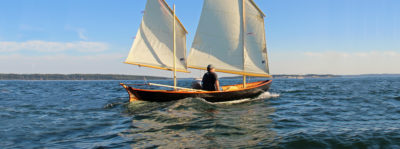
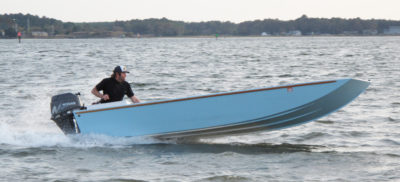
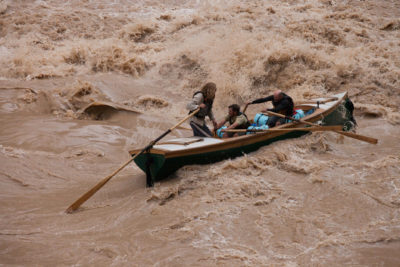
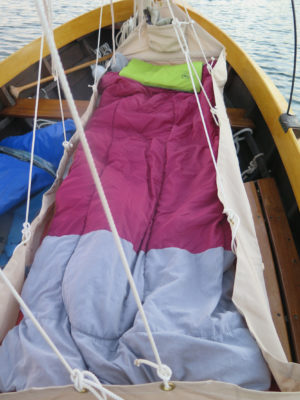
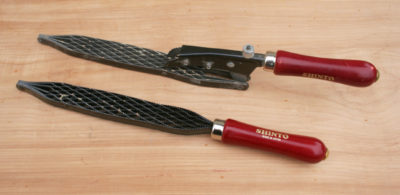
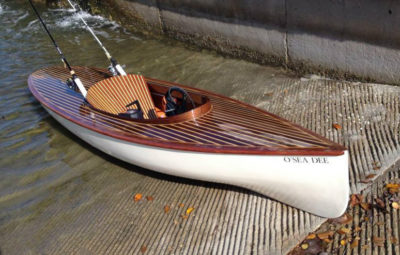
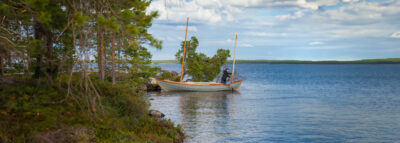
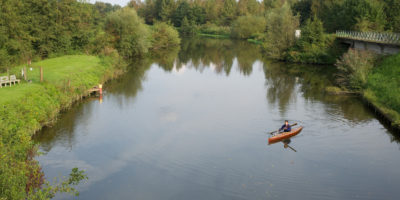
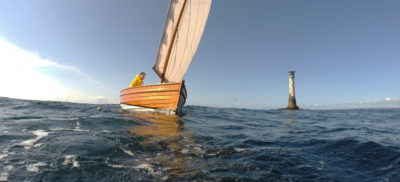
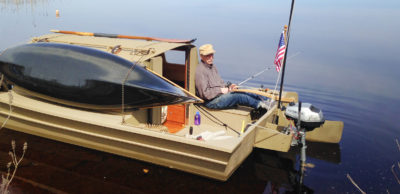
Did you consider lapstrake planking? Seems it would have helped with the wood movement as it dried out, and would provide stronger resistance to impacts. Of course, repairing lapstrake planking is more of a challenge.
Plywood dories were tried out on the Colorado some years ago (as reported in WoodenBoat), and proved to be quite successful. A bit of rocker in the bottom makes them a lot more maneuverable. The evolution of the dory for river work has led to the Mackenzie River dory, quite popular with salmon fishermen around here (the Pacific Northwest) on the various streams. They have a lot of rocker on the bottom, and an extremely springy sheer.
Having rafted the Grand Canyon many years ago I really identified with the author as he described the rapids. Great story and the boats were wonderful too.
I strongly recommend reading Down the Great Unknown by Edward Dolnick, the former chief science writer for the Boston Globe. The book is as authoritative as is possible for such an event. It is detailed but deeply gripping. It includes maps and a large number of illustrations and photos. The author clearly outlines how horribly unsuited Powell’s boats were and the immense effort exerted by the crew just to survive. (published by Harper Collins, 2002, ISBN 0 00 653223 3)